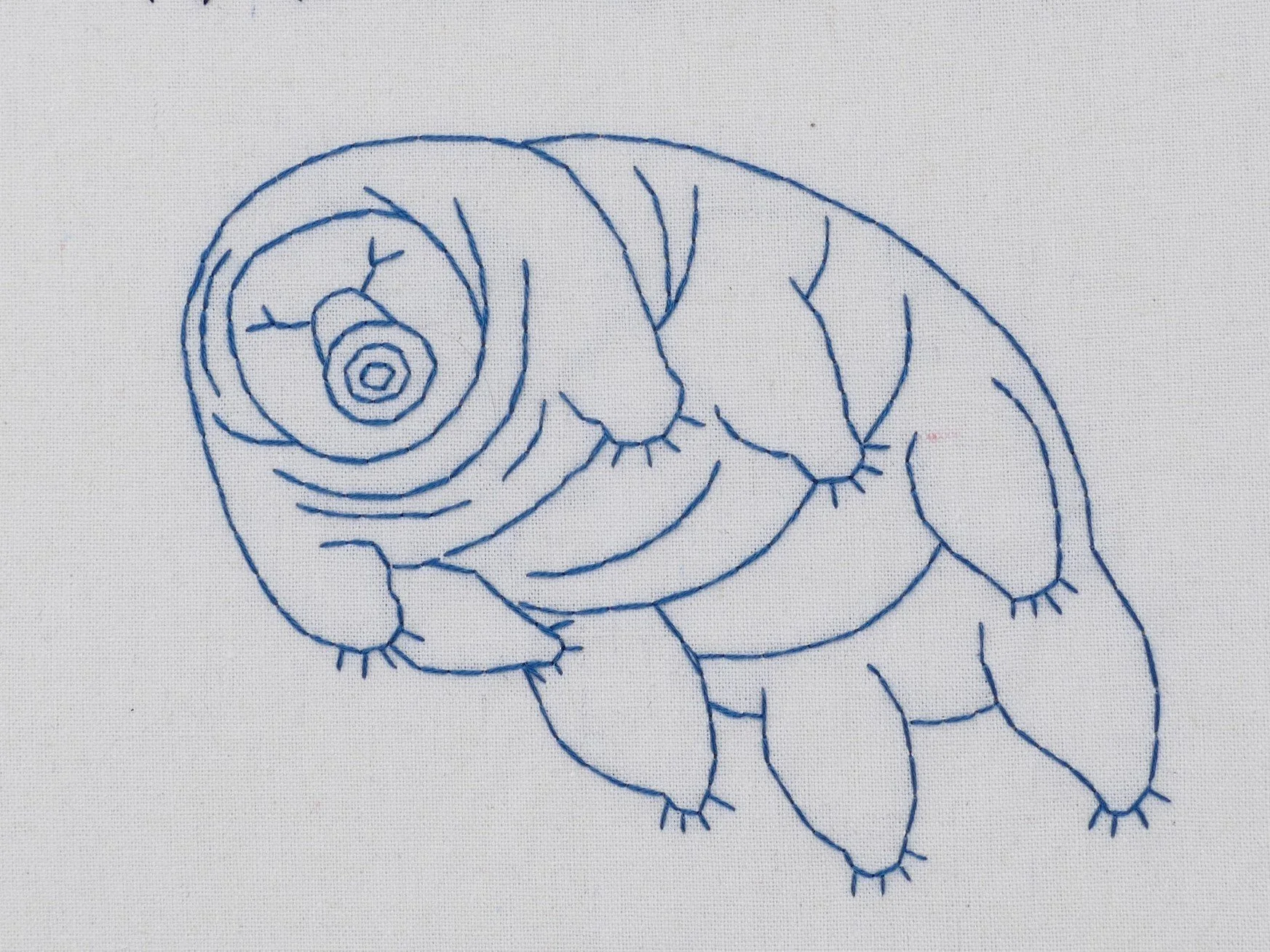

Careers in Genetics
Genetics and genomics are exciting, rapidly growing fields, with new discoveries and technological advancements impacting all corners of modern life. This means the demand for genetics and genomics professionals in healthcare, academia, industry, and government is booming. There are numerous career options for someone with an interest in genetics and genomics, requiring a range of skills and educational experiences.
Check out this fact sheet from the American Society of Human Genetics: Career Paths in Genetics.

Cats ‘Get’ Human Pointing
Pointing is a unique human referential signal. Babies develop the ability to understand pointing gestures between the ages of nine and 12 months. But what about the nonhuman animals with whom we spend our lives? Scientists have found that a range of domestic animals, including goats, pigs, horses, and, most prominently, dogs, can follow human pointing signals. However, despite being one of the most numerous pets on the planet, relatively little research has investigated social-cognitive abilities like this in cats.
Read more at my Animal Minds post: Cats Get the Point of Pointing.

Academic RVUs
At many institutions, physicians and surgeons are compensated using a productivity formula based on work relative value units (wRVUs). wRVUs commonly quantify clinical work, practice expenses and professional liability costs. However, physicians and surgeons conduct many valuable activities in addition to clinical work, including scientific discovery and education of future generations. While physicians are reimbursed for wRVU productivity, such academic work is typically not incentivized.
In this feature, I look at how the addition of an academic RVU system to an existing work RVU-based incentivization plan boosted academic productivity in the Department of Pediatric Surgery at Nationwide Children’s Hospital.
Read the article here: Placing Value on a Pediatric Surgeon’s Academic Work.

Tardigrades in Space
What are tardigrades and why do we keep sending them into space?
Observed under a microscope, tardigrades look unassuming. But these tiny animals may hold the secret to surviving — and thriving — in outer space.
Check out my latest article for kids in Muse magazine: Astonishingly Hardy Tardigrades.

Emotion AI
Even for humans, it can be challenging to recognize, interpret, and respond to emotions. Can artificial intelligence (AI) do any better? Technologies often referred to as “emotion AI” detect and analyze facial expressions, voice patterns, muscle activity, and other behavioral and physiological signals associated with emotions. What are the health applications, and what challenges remain?
Read the story at IEEE Pulse: Can Emotion AI Keep You Healthier?
